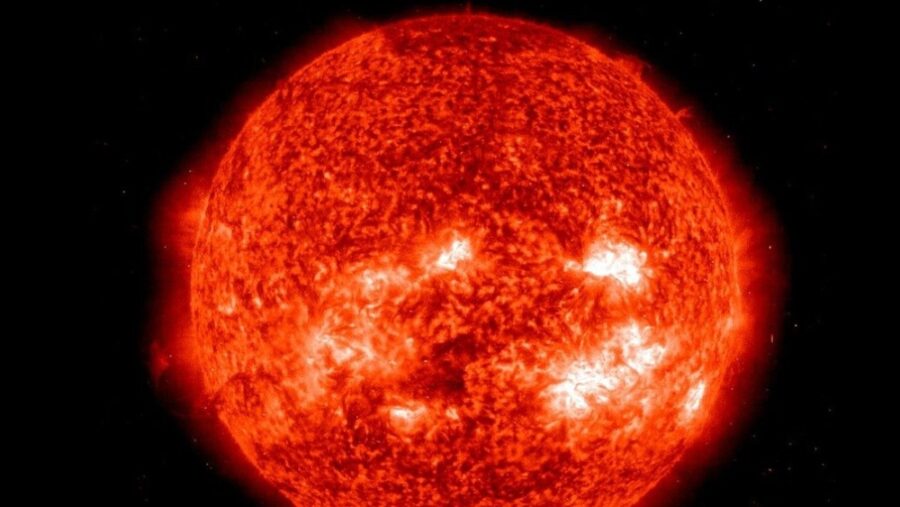Scientists Want To Dim The Sun
Controversial and often considered a last resort, many scientists are pushing for solar engineering to dim the sun and combat climate change.
This article is more than 2 years old

Turns out, when Montgomery Burns blocked out the sun over Springfield he was really engaging in solar geoengineering, a controversial branch of science looking into ways to safely cool the planet. Increasingly dangerous methods of modulating the sun’s impact on climate change, per reporting from Futurism, are gaining traction among the scientific community. While there is the chance that putting the theoretical research into practice could destroy entire ecosystems, researchers worry that doing nothing will also result in catastrophic loss of life.
The field of solar geoengineering is looking into replicating the effects of a large scale volcano eruption, which pushes particles into the Earth’s atmosphere and temporarily reduces the heat from the sun, worsening climate change. Scientists are not publicly supporting the concept, though researchers at the top of the field are warning time is running out for the human race.
Dan Schrag, director of the Harvard University Center for the Environment, believes that humanity has thirty years left to repair environmental damage. The Paris Agreement, a landmark international treaty in which 196 of the world’s nations agreed to limit global warming to 1.5 Celsius (34.7 Fahrenheit), is a step in the right direction, but the planet is still headed toward environmental catastrophe.
Constant heating from the sun is causing global climate change on a daily basis, even if in only the smallest of measurable increments, change is constant. Technology to dim the sun’s effects on Earth does exist, but such a drastic step carries unknown consequences.
In October, the White House announced support for research into the process of solar geoengineering. While the technique is in practice similar to what the machines used in The Matrix, the hope is that serious study can reduce the side effects to something more manageable. The government’s 5-year plan to combat the sun’s role in climate change is, as odd as it may sound, a potential last-resort effort to save the planet.

Natural disasters, influenced by the sun heating the planet and speeding up the climate change process, had an outsized impact this past year. From record-setting flooding in Pakistan that resulted in hundreds of square miles remaining underwater for weeks to a heat wave all summer in China, humanity is already dealing with the consequences of burning fossil fuels. Global efforts to replace fossil fuels with clean energy have been extraordinarily successful, but the goal to reduce emissions by half in 2030 remains woefully out of reach.
While even those that are studying solar geoengineering agree that it is a terrible idea with the potential to turn Snowpiercer from science fiction to a documentary, current efforts are not producing results fast enough. The cost of seeding the Earth’s sky with particles to block out the sun would be cheap, relatively speaking, for any country with an Air Force. If the cost of stopping the sun from continuing the current pace of climate change is affordable, and time is running out, then blue skies may be the latest casualty of a rapidly heating planet.












